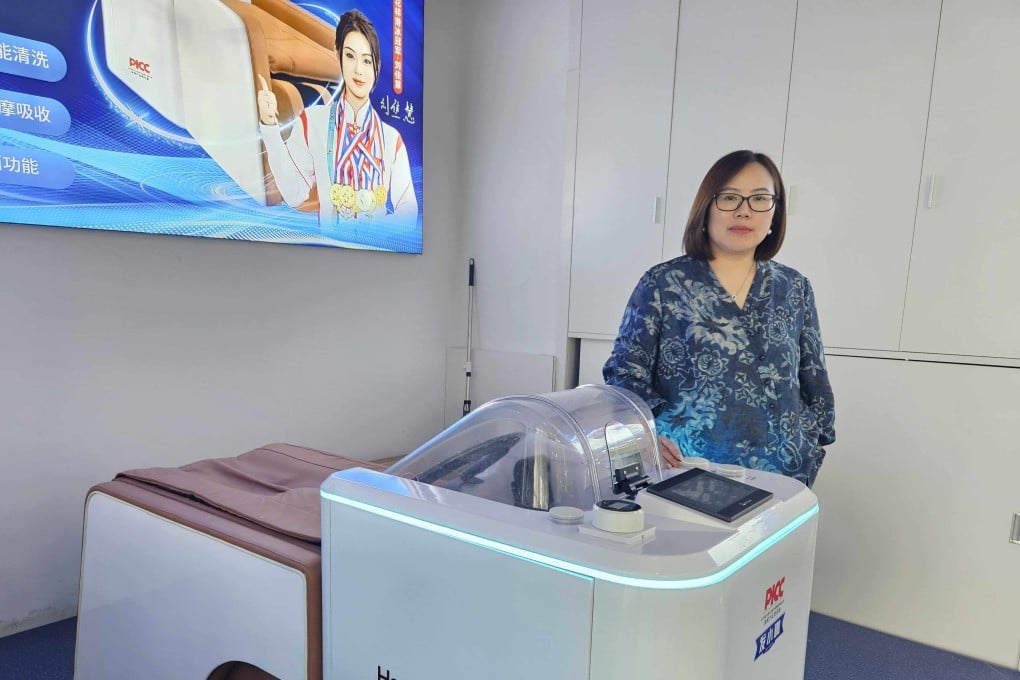The Australian Energy Market Operator says the capacity of wind, solar and battery storage projects queuing for connection in Australia’s main grid has jumped to a record high over the last year, increasing by more than a third to more than 50 gigawatts for the first time. The increase has been driven by battery storage project proposals, which have nearly doubled from 11 GW to 20.5 GW since the same time a year ago.
Solar and battery hybrids have grown from 4.5 GW to 5.6 GW, wind projects from 7.

5 GW to 8.7 GW, and solar only projects from 10.2 GW to 12.
1 GW. The total in the queue is now 51 GW. These figures represent the capacity of projects working through the application process for connection to the grid.
There are many more in earlier stages of development. “It’s a new record of renewable and firming projects working to connect to the National Electricity Market,” said AEMO’s head of onboarding and connections Margarida Pimentel. There are also, according to AEMO, seven projects totalling 1.
7 GW that received application approvals, seven more than were registered (2.4 GW) and five projects that reached full output: Blyth Bess (pictured above), Gangarri Solar Farm (150 MW), Crookwell 3 Wind Farm (56 MW), Mokoan Solar Farm (46 MW) and Kingaroy Solar Farm (40 MW). Australia has a target of 82 per cent renewables by 2030, but is currently sitting at just over 40 per cent.
It needs to get a wriggle on to reach its target – which happens to coincide with the modelling in AEMO’s Integrated System Plan – and the speed of planning, connections, construction and new transmission will be key. Battery storage has been the sweet spot for developers in the past year, thanks both to their falling costs, their modular nature, and their construction simplicity – although the commissioning process has and remains challenging for some, particularly those contractors new to the country. Apart from the doubling of battery storage project applying for a connection, many of the project alterations include proposals to add batteries to previously approved projects, both in planning and in commissioning.
Pimentel says NSW is host to the most capacity, followed by Queensland, Victoria and South Australia. Tasmania accounts for just 0.25 per cent of the new capacity.
She says that 16 projects totalling 2.5 GW in capacity have reached full output in the current financial year, which sounds less than what is required to meet the 2030 target, and is barely changed from last financial year. However, projects underwritten in the new Capacity Investment Scheme auctions could hurry along that process, although energy analysts note that more capacity backed in the CIS will be needed to meet that target.
Pimentel says work is continuing to try and accelerate the connections pipeline – a challenge.
Technology

AEMO says wind, solar and storage pipeline at record high, as battery proposals double

AEMO says capacity of wind, solar and battery storage projects queuing for connection in Australia's main grid has jumped to more than 50 GW for first time.The post AEMO says wind, solar and storage pipeline at record high, as battery proposals double appeared first on RenewEconomy.















